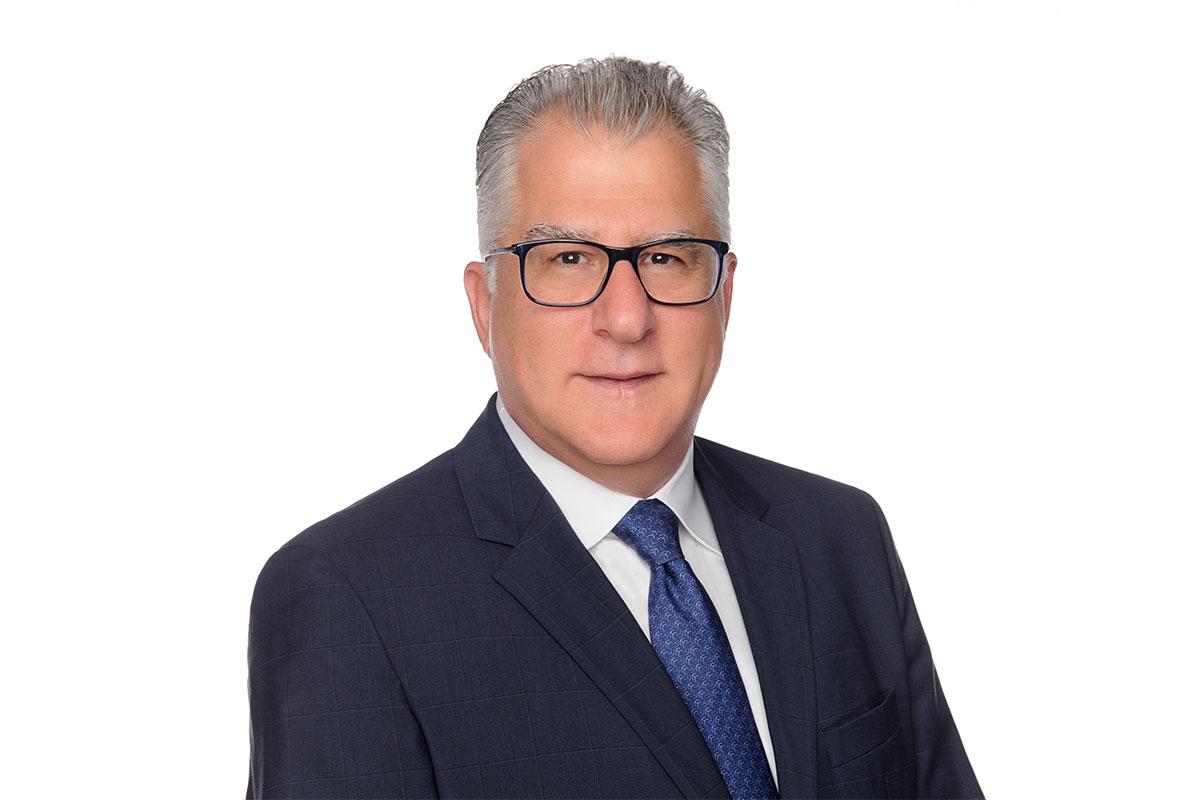COVID-19: Vaccine Development at Warp Speed
Dr. François Nader explains the science behind the vaccine, how it was developed and what the first clinical results mean.
As the world stands at over 72 million cases and 1.6 million deaths due to the pandemic, the race to develop, produce and distribute COVID-19 vaccines is more urgent than ever, with a few prominent pharmaceuticals among the first to cross the finish line with clinical success.
As part of the Alumni Relations Office’s Stay Aware lecture series, and in collaboration with Continuing Education, LAU hosted Dr. François Nader, a member of Moderna’s board of directors and LAU trustee, for a webinar titled COVID-19 Vaccine Development at Warp Speed.
LAU President Michel E. Mawad kicked off the event with an introduction of Dr. Nader, who, he said “has been instrumental in the development of innovative therapies to patients with rare diseases and is the ultimate businessperson, having been at the helm of several pharmaceutical companies.”
Dr. Nader clarified at the outset that he would be speaking in his own name, as a member of the LAU community. The discussion was moderated by his daughter, Jessica Goddard, a consultant at SDI Communications in New York.
He first explained the process for traditional vaccine development, which, in its first phase, involved animal testing, followed by tests on a few dozen human volunteers, with the approval of a regulatory agency. Testing in the second phase extended to hundreds of subjects who were administered different doses, and to large populations in the final phase. All in all, the three phases could take anywhere between four to 14 years.
In sharp contrast, Moderna’s vaccine development timeline seemed expedited. Dr. Nader revealed that their vaccine – or, rather, the technology behind it – had been more than 10 years in the making. “In fact, just as the World Health Organization named the disease on February 22, Moderna already had a vaccine in vial.”
That technology, which is the mRNA vaccine – or “messenger RNA” – is designed preemptively to create a quick response in case of a pandemic. Unlike traditional vaccines, it does not introduce a weakened version of the virus into the body. Instead, it “teaches” human cells how to make a protein – the spike or S-protein – which triggers an immune response to the virus.
As such, Dr. Nader clarified, after scientists in China identified the sequence of the virus on January 13, the team at Moderna was able to apply the structure to the mRNA within days.
Armed with this technology, they were able to speed up the process further by running the three phases in parallel. “We had the first volunteers ready for testing as early as March 1, completed the last phase of clinical testing in May, and finally received the results last month,” he said.
As for efficacy, Dr. Nader believes that the vaccine “exceeded everyone’s expectations.” Of the 15,000 people who were tested with the vaccine, 196 only contracted the virus, all of them displaying mild symptoms with no significant adverse effects. In fact, the immune responses among the youth and seniors were very similar and the level of antibodies remained high, even three months on.
“We are following their results closely and plan to continue doing so for the next two years, to be able to determine the frequency at which the vaccine should be administered,” noted Dr. Nader, adding that the vaccine protects one from getting sick with the virus, but does not stop one from carrying it. “As such, even those vaccinated should continue to wear a mask to prevent transmitting it to others.”
Dr. Nader fielded a host of questions from attendees, who were eager to know whether the Moderna vaccine would arrive in Lebanon, to which he responded that though the company had reached out to the Lebanese authorities, they had not heard back yet.
“We are more than happy to help Lebanon in any way, shape or form especially considering the Lebanese connection,” he said, acknowledging the efforts exerted by Dr. Mawad and the university leadership. “We will do everything we can individually and collectively to support you in what you are doing for the youth in Lebanon.”
On whether the vaccine would be effective should the virus mutate, Dr. Nader explained that the S-protein, where the antigen comes from, has not mutated yet, and is not likely to do so in the near future. “If it does, we will have to develop a new S-protein, and we are ready.”
In closing, Dr. Nader described his journey this year as one of a lifetime, noting how the silver lining has been the surge in innovation worldwide, as almost every country is either working on developing a treatment or a vaccine – “a true example of science in action.”
As we finally “start to see the light at the end of a very dark tunnel,” Dr. Nader recommended that everyone continue to wear a mask, wash their hands, avoid indoor gatherings and maintain social distancing. “We are not out of the woods yet.”
